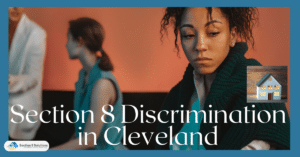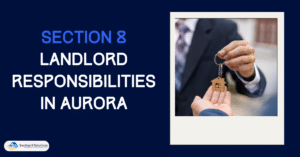Seattle Section 8 landlord obligations ensure successful housing agreements. Landlords must pass inspections and maintain habitability criteria under this scheme. The Seattle Housing Authority administers the program and provides rental assistance to qualifying residents, so they must provide correct and timely rental information.
In this article, we will delve into the essential role of landlords in the Section 8 Program in Seattle and highlight their responsibilities in ensuring the success of this vital initiative.
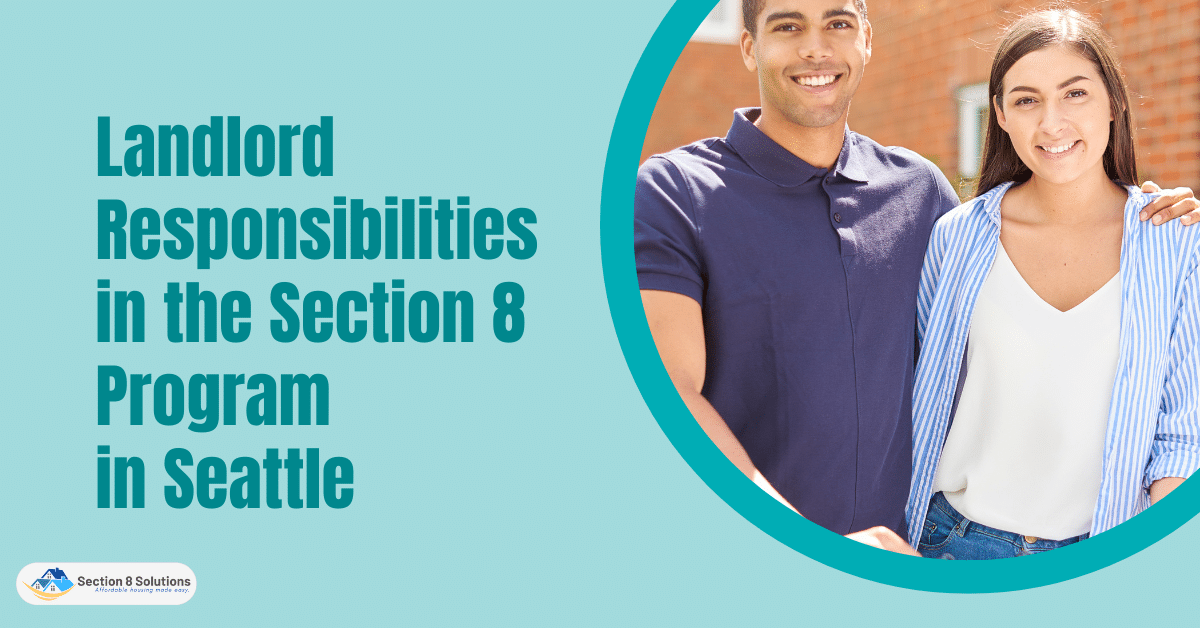
Eligibility and Screening
The process of eligibility and screening for landlords participating in the Section 8 Program in Seattle can be outlined as follows:
- Property Evaluation: Landlords interested in participating in the Section 8 Program must evaluate their rental property to ensure it meets the acceptable condition standards set by the Seattle Housing Authority (SHA).
- Application Submission: Landlords must apply to the SHA for Section 8 participation. The application usually contains property ownership paperwork, property insurance evidence, and local law compliance.
- Screening Process: The SHA conducts a screening process to assess the suitability of landlords for the program. This may involve background checks to verify the landlord’s track record and compliance with fair housing regulations.
- Acceptance and Agreement: The Section 8 Program will notify landlords of their approval after screening. They will then sign a contract with the SHA outlining their duties.
- Tenant Selection: After acceptance, landlords must choose Section 8 tenants. The SHA gives a list of pre-screened Section 8 applicants, and landlords may pick tenants based on their own criteria under fair housing rules.
- Ongoing Compliance: Section 8 Program compliance is continuing for landlords. This includes following fair housing rules, reporting rent or lease changes immediately, and giving correct rental information to the SHA for subsidy payment computations.
By following these steps and fulfilling their responsibilities, landlords can actively participate in the Section 8 Program in Seattle and contribute to the provision of safe and affordable housing for low-income individuals and families.

Property Standards and Inspections
For landlords to participate in the Section 8 Program in Seattle, it is crucial to meet specific property standards to ensure habitability and compliance with local building codes. These standards play a vital role in providing safe and decent housing for Section 8 tenants. Let’s delve into the key requirements that landlords must fulfill to participate in the program.
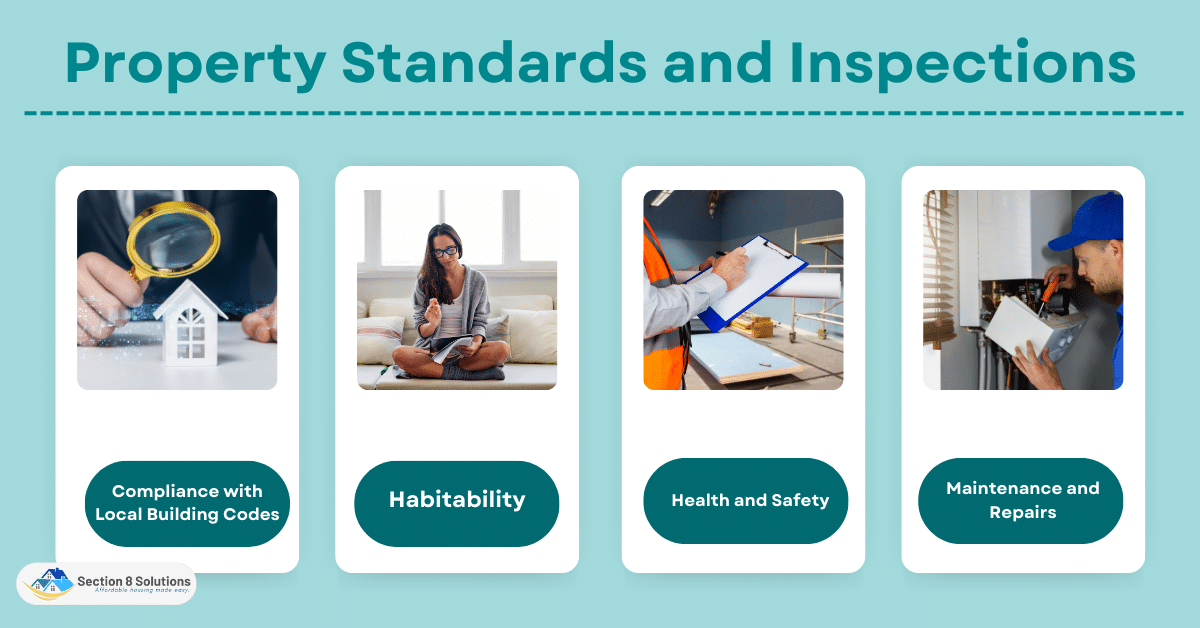
1. Compliance with Local Building Codes
Landlords must ensure that their rental properties comply with all applicable local building codes and regulations. This includes meeting structural requirements, fire safety standards, electrical and plumbing codes, and other relevant regulations set by the local authorities. Adhering to these codes helps ensure the safety and well-being of tenants.
2. Habitability
Section 8 rentals must be livable. It has important safety and health measures for tenants. Working plumbing systems provide leak-free sinks, toilets, showers, and baths. Local electrical codes mandate wiring, outlets, and fixtures.
Winter heating is essential. Ventilation improves air quality and prevents mold and mildew. Clean toilets, sinks, and bathtubs are essential for hygiene. Finally, walls, ceilings, and floors must be structurally sound. These habitability standards make Section 8 Program rental homes safe and comfortable.

3. Health and Safety
Landlords participating in the Section 8 Program are responsible for maintaining health and safety measures in their rental properties. This includes installing and maintaining smoke detectors, carbon monoxide detectors, and fire extinguishers, and ensuring that doors and windows have secure locks. Adequate lighting in common areas and proper emergency exits are also important considerations.
4. Maintenance and Repairs
Landlords must swiftly resolve maintenance concerns to maintain property standards. Regular property inspections help discover needed repairs and upgrades. Fixing leaks, and electrical faults, assuring construction integrity, and cleaning common areas are maintenance chores.
The Seattle Housing Authority (SHA) inspects Section 8 rental units for compliance. These inspections check property condition and conformity with requirements. Structure, systems, safety, and habitability are assessed by SHA inspectors.
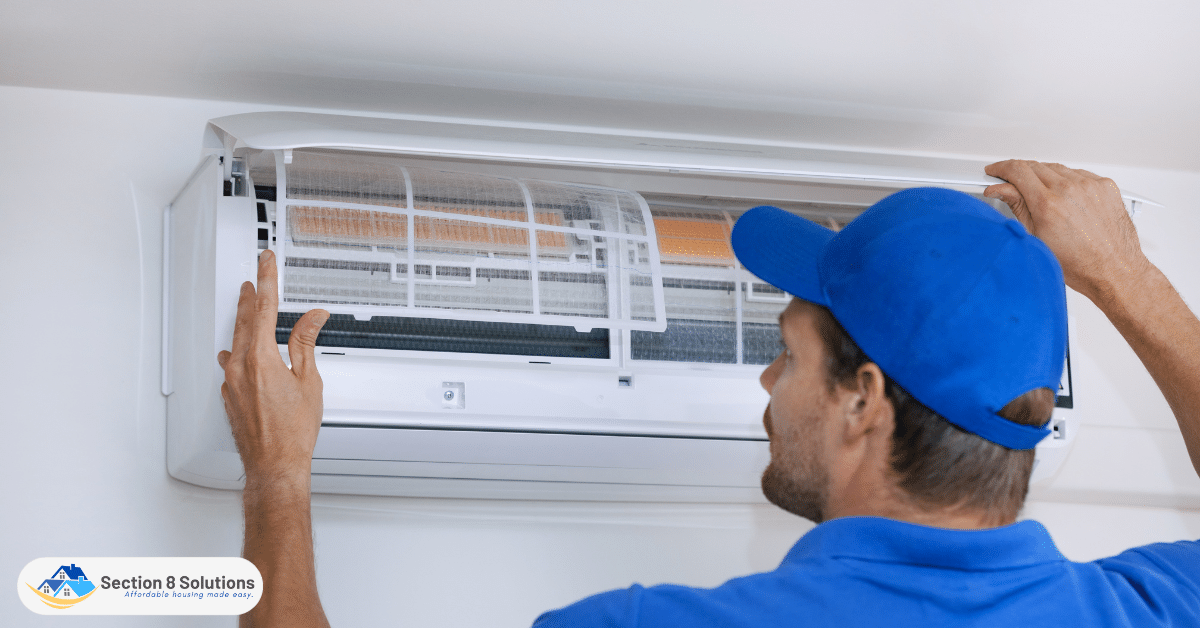
Rent Determination and Subsidy Payments
The Section 8 Program calculates the tenant’s rent and subsidies using many parameters. To set fair rent, the Seattle Housing Authority (SHA) considers the tenant’s income, the rental market, and the rules.
The SHA relies on reliable rental information from landlords. Landlords must report accurate rental property information, including rent, utilities, and fees. This information helps the SHA compute the tenant’s part and assure subsidy accuracy.
To avoid payment discrepancies, landlords must promptly report any changes in rent or lease agreements to the SHA. This includes increases or decreases in rent, changes in utilities, or modifications to the lease terms. By promptly notifying the SHA of these changes, landlords help ensure that the subsidy payments align with the updated rental information.

Lease Agreement and Tenancy
When participating in the Section 8 Program, landlords need to ensure that their lease agreements include necessary components to comply with program guidelines and protect the rights of both landlords and tenants. Here are some key considerations when creating a lease agreement for Section 8 tenants:
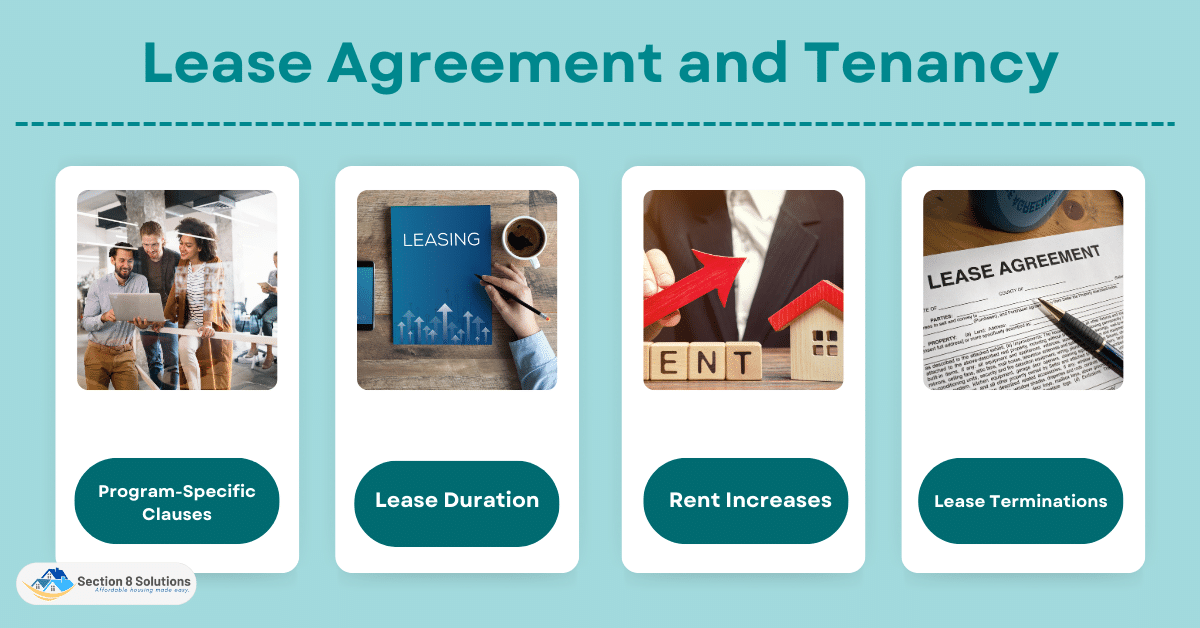
- Program-Specific Clauses: The lease should incorporate Section 8 Program provisions. This may include rent, tenant obligations, lease period, and program-specific requirements.
- Lease Duration: Landlords participating in the Section 8 Program generally enter into an initial lease term of one year. However, specific lease durations may vary depending on local regulations or program requirements.
- Rent Increases: Landlords must follow program guidelines when considering rent increases. In most cases, rent increases can only occur once a year, and the new rent amount must be reasonable and in line with market rates.
- Lease Terminations: Termination of a lease in the Section 8 Program must comply with both the lease agreement and program regulations. Landlords must provide proper notice to terminate a tenancy, adhering to local laws and the terms outlined in the lease agreement.
Successful landlord-tenant relationships need open communication with Section 8 residents. Landlords should swiftly and properly answer tenant problems, requests, and maintenance issues. Communicating with tenants helps resolve issues quickly, boosting tenant satisfaction and program effectiveness.
Evictions and Legal Considerations
When it comes to evicting Section 8 tenants, landlords must navigate the legal considerations and procedures while adhering to fair housing laws and regulations. It is crucial to follow the proper steps to ensure a lawful eviction process and protect the rights of both landlords and tenants.
Landlords should familiarize themselves with the specific eviction laws and regulations in their jurisdiction, including any additional requirements outlined by the Section 8 Program and fair housing laws. These laws protect tenants from discrimination and ensure that evictions are based on valid reasons and lawful procedures.
To initiate eviction proceedings, landlords typically need to provide written notice to the tenant, stating the reason for the eviction and a reasonable timeframe for compliance or vacating the premises. The specific notice requirements and timelines may vary depending on local laws and the terms of the lease agreement.

Reporting and Compliance
Accurate reporting and compliance with program rules and regulations are of utmost importance for landlords participating in the Section 8 Program. Non-compliance can lead to serious consequences, including financial penalties, termination from the program, and potential legal repercussions. It is essential for landlords to understand and fulfill their reporting obligations to maintain program integrity and ensure a successful partnership with the Seattle Housing Authority (SHA).
Section 8 landlords must quickly disclose tenant income and family composition changes. The SHA needs these changes to calculate the tenant’s subsidy and evaluate program eligibility. Changes must be reported to the SHA in writing with appropriate documentation.

Conclusion
In conclusion, participating in the Section 8 Program in Seattle as a landlord entails important responsibilities. From meeting property standards and fulfilling lease agreement requirements to accurate reporting and compliance, these responsibilities are crucial for maintaining a successful landlord-tenant relationship.
It is essential for landlords to familiarize themselves with program guidelines, engage in ongoing education, and stay informed about any changes or new requirements. By participating in the program, landlords not only provide affordable housing but also contribute to creating stable and thriving communities in Seattle, benefiting both landlords and tenants alike.






